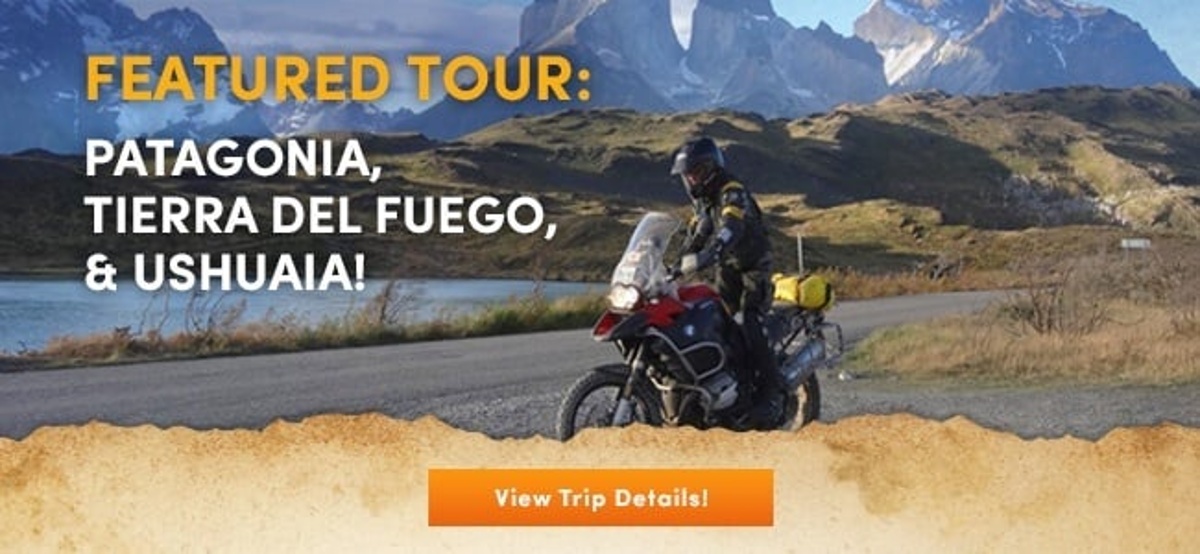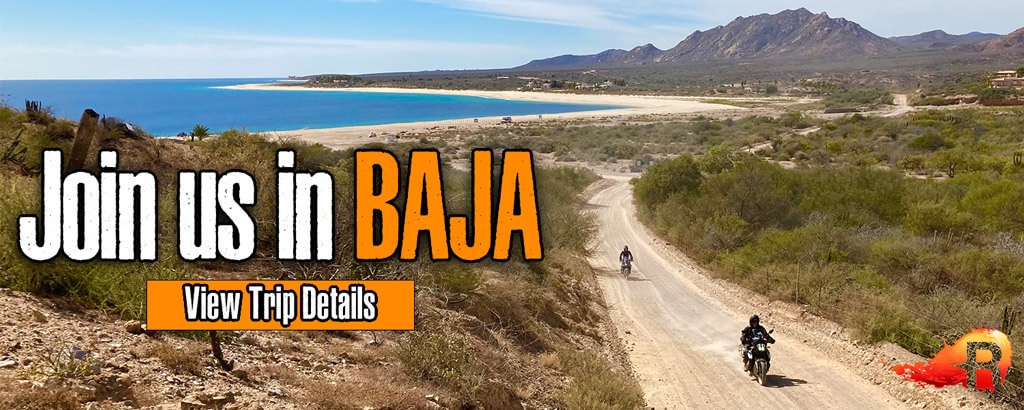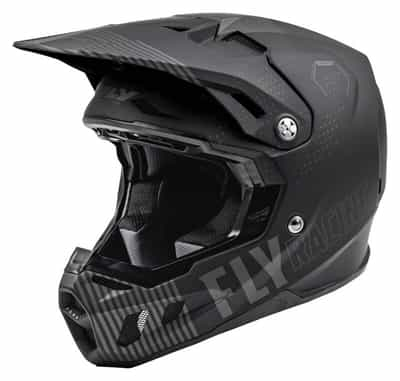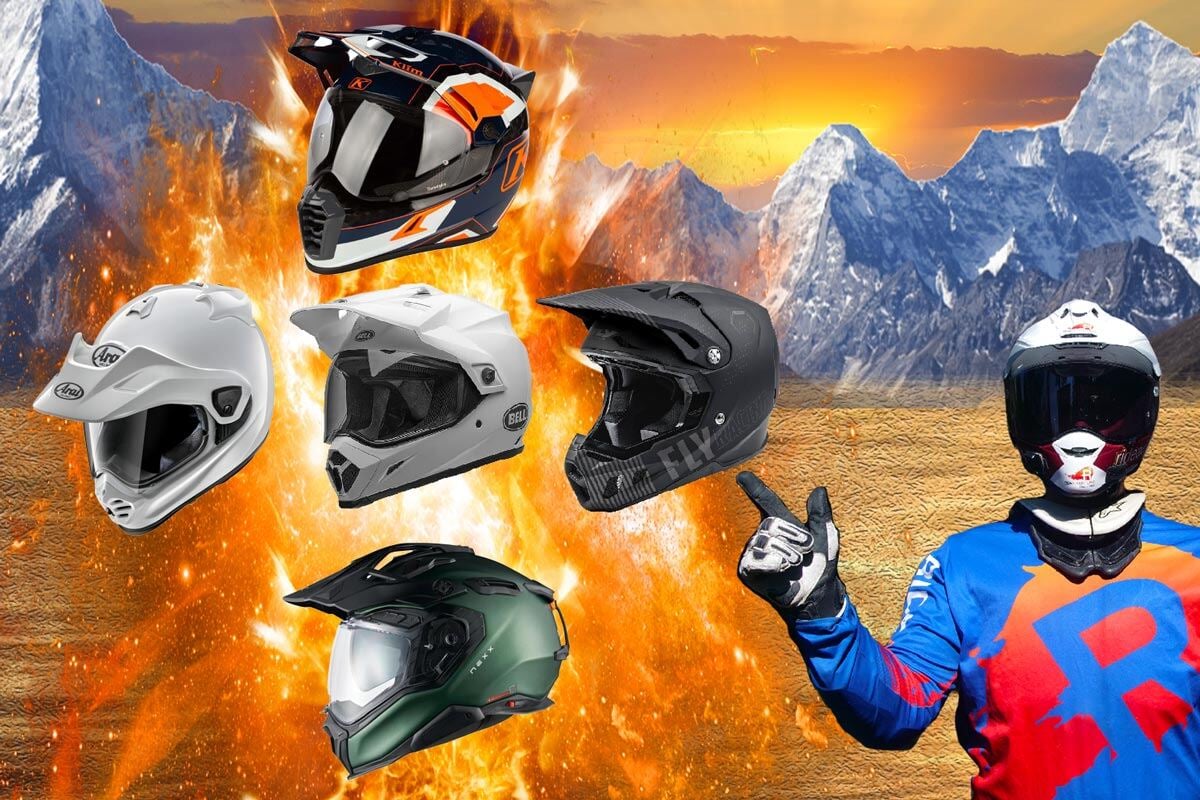 Disclosure: RIDE Adventures is a participant in the Amazon Services LLC Associates Program as well as other affiliate programs, designed to provide a means for us to earn fees by linking to Amazon and affiliated sites at no extra cost to you. Please see our Disclosure for more details.
Disclosure: RIDE Adventures is a participant in the Amazon Services LLC Associates Program as well as other affiliate programs, designed to provide a means for us to earn fees by linking to Amazon and affiliated sites at no extra cost to you. Please see our Disclosure for more details.
If you're going to ride your dual sport as the good lord intended (in the dirt), adding one of the best dual sport helmets on the market to your arsenal should be at the top of your list.
Quick List Of Dual Sport Helmets
| Helmet: | Summary: | Price: |
|
Arai XD-5 |
Ground-up redesign of the most coveted dual sport helmet money can buy. | CHECK PRICE |
|
Klim Krios Pro
|
Lightweight carbon fiber option with premium features and advanced safety technology. | CHECK PRICE |
|
Leatt ADV 8.5 Helmet Kit
|
Strong performer that includes goggles and a photochromic shield as part of the package. | CHECK PRICE |
|
Bell MX9 Adventure MIPS
|
A budget-friendly helmet with solid safety chops and excellent off-road performance. | CHECK PRICE |
|
Scorpion XT9000
|
An extremely comfortable and well-ventilated full-carbon lid offering insane value for the money. | CHECK PRICE |
|
Fly Formula CC
|
Lightweight and uber-safe helmet with a strong bias toward off-road use. | CHECK PRICE |
|
Nexx X.WED3
|
A dual sport lid with a ton of added creature comforts and features. | CHECK PRICE |
We spent this past weekend riding some local singletrack trails and really got to thinking: What's not to love about a proper dual sport motorcycle?
Lightweight, agile, and completely street legal (cough, cough), here's one bike that makes everything fun from running errands to exploring the backcountry, and costs pennies on the dollar to own, maintain, and insure.
Dual sports come in many shapes and sizes, from the mild-mannered and freeway-loving KLR650 to the obscenely powerful dirt weapon that is the KTM 500 EXC-F.
There's no denying these machines exist on a broad spectrum, but at their core, they're all just glorified dirt bikes to one degree or another.
As such, most dual sport riders have unique requirements when it comes to motorcycle gear, especially when it comes to helmets.
The best dual sport helmets walk a fine line between street safety and off-road performance, so we figured we'd throw this handy little guide together to help you toe that line yourself in 2024.
What to Look For in a Dual Sport Helmet
Most dual sport gear revolves around getting as much off-road performance as possible without sacrificing too much in the way of street manners.
Not all dual-sport riders are as interested in getting as dirty as others though, so here's our universal advice when selecting the right dual-sport helmet for your riding style.
Start With Safety
As is the case with any lid worth owning, the best dual sport helmets start with safety.
A helmet can be as quiet, comfortable, and as breezy as a Bora Bora beach cabana, but if it won't protect your head in a crash, it belongs at the bottom of the ocean with the rest of the trash (just kidding, please recycle).
The easiest way to tell that a dual sport helmet is safe for street use is by looking at its safety certification.
DOT ratings are the bare minimum requirement in the states, but DOT safety testing isn't particularly rigorous, so we prefer helmets with either Snell ratings, ECE certification, or some combination of the three.
With that being said, keep in mind that while most reputable helmets include an ECE certification nowadays, you shouldn't disregard a helmet just because it doesn't have one.
Remember, ECE credentials are only required for helmets that are marketed and sold within the European Union.
Earning an ECE badge requires expensive third-party testing (which comes out of the manufacturer's pocket), so some brands will forego the certification on models not sold within the EU.
Shoei is a great example of this: Here is a company that undoubtedly makes some of the most premium and protective helmets on the planet, yet their American models rarely carry an ECE certification.
Are they less safe than any helmet with both a DOT and an ECE approval? Absolutely not.
How Dirt-Focused Should A Dual Sport Helmet Be?
While dual sport motorcycles are, by nature, typically more dirt-biased than their ADV cousins, the two disciplines generally pull from the same pool of helmet choices. We identify these helmets by a few very specific features, so let's review those briefly.
The first and most obvious will be both a street-friendly face shield and a large goggle-friendly viewport.
Preferably these two features will work in tandem so that you can open and close the face shield with your goggles in place, but this isn't necessarily a deal-breaker depending on your riding style.
 "You are sure to encounter some challenging dirt on our adventurous Southwest USA route"
"You are sure to encounter some challenging dirt on our adventurous Southwest USA route" Your other main dirt-biased feature to look for is airflow. The best dual sport helmets will flow roughly the same amount of air as a dedicated dirt helmet, because they're essentially doing the same job: Keeping you cool while you do active (and therefore sweaty) off-road riding.
Generally speaking the more road-biased features you add to a helmet (padding, quietness, weather protection, etc.), the less direct airflow it will deliver.
Again, it's up to you to decide where to split the difference, but if you're planning on logging some serious highway miles on your dual sport, it's often worthwhile to sacrifice some off-road performance in the name of creature comforts.
But Can’t I Go Cheap With a Dirt Helmet Instead?
For you hardcore off-roaders, a dirt-specific lid (motocross-style, no visor, open ventilation, etc.) is perfectly fine.
If you dodge pavement like the plague and only register your bike to legally link dirt trails, you probably don’t need street-focused features anyway.
 "Without the protection of a tall windshield, the visor on a dual-sport helmet can generate enough turbulence to give your head a real shake."
"Without the protection of a tall windshield, the visor on a dual-sport helmet can generate enough turbulence to give your head a real shake."
That said, we still believe a dual sport helmet will serve you better. Sure, cheap dirt helmets come DOT-certified these days, but more safety features and higher-level approvals never hurt—especially if you might hit highway speeds.
Remember, dirt helmets aren’t designed for extended rides over 50 mph, and their giant visors can catch wind like sails. If you plan on cruising at higher speeds, pick a helmet with a removable visor or something a little more aerodynamic.
All right, that’s enough lecturing—let’s dig into our picks for the best dual sport helmets of the year.
Our Top Picks For Best Dual Sport Helmets of 2025
When putting together the list below, we made an effort to include the right helmet for every rider on damn near any budget.
These are all helmets we know and use ourselves for dual sport duty, from the ultra-frugal to the ultra-premium, so regardless of where you fall on the spectrum, there's something to suit your needs down below.
1. Arai XD-5
First on our list is the helmet that started it all more than two decades ago, the Arai XD.
Now in its fifth iteration as the Arai XD-5, the brand's top-of-the-line dual sport helmet recently got a complete redesign for the first time in twelve years, and the changes are dramatic.
 "Customer enjoying a self-guided scenic ride on our Patagonia tour while sporting the Arai."
"Customer enjoying a self-guided scenic ride on our Patagonia tour while sporting the Arai."
The shell, for example, is even stronger than the outgoing XD-4 according to Arai, and is constructed from a proprietary "Super Fiber" that's 30% stronger than traditional fiberglass.
Arai has also reshaped the shell to be as round as possible to reduce the forces transmitted to the rider's head and neck in a crash.
In addition to the enhanced safety features, we love that Arai has finally fixed the face shield on the XD, which was one of our only complaints with the previous version.
The new design dramatically reduces the distortion we experienced on the XD-4 and also sits high enough in its top position to completely clear your field of vision when riding open-faced or with goggles.
Other highlights include marginally better airflow, tweaked aerdynamics for highway use, and a slightly quieter ride at speed thanks to a new dropdown air flap in the chin bar.
Unfortunately, the Arai XD-5 also gets a $200 price increase as well as a minor weight increase (it's still well under 4 pounds), so we're talking about an $800+ investment here when it's all said and done.
PROS |
CONS |
|
|

CHECK PRICE:
Arai XD-5 Helmet
2. Klim Krios Pro
Lightweight? Check. Flows a ton of air? Check. Uber-protective? Check. The Klim Krios Pro checks all our most important boxes for a great dual sport helmet, but it's the way it checks them that really makes it stand out.
Take its weight, for instance: Klim uses ultralight 12K carbon fiber weave to keep the total weight down to just 3.4 lbs, which is fantastic for a street lid and just a hair over the original (and much simpler) Krios.
And as for ventilation? Klim took the somewhat problematic vent scheme of the original Krio and upgraded it with revised forehead vents and an all new (and fully adjustable) chin bar vent.
The Pro also benefits from the addition of a Transitions lens, which we've been loving in combination with the Pinlock-ready face shield.
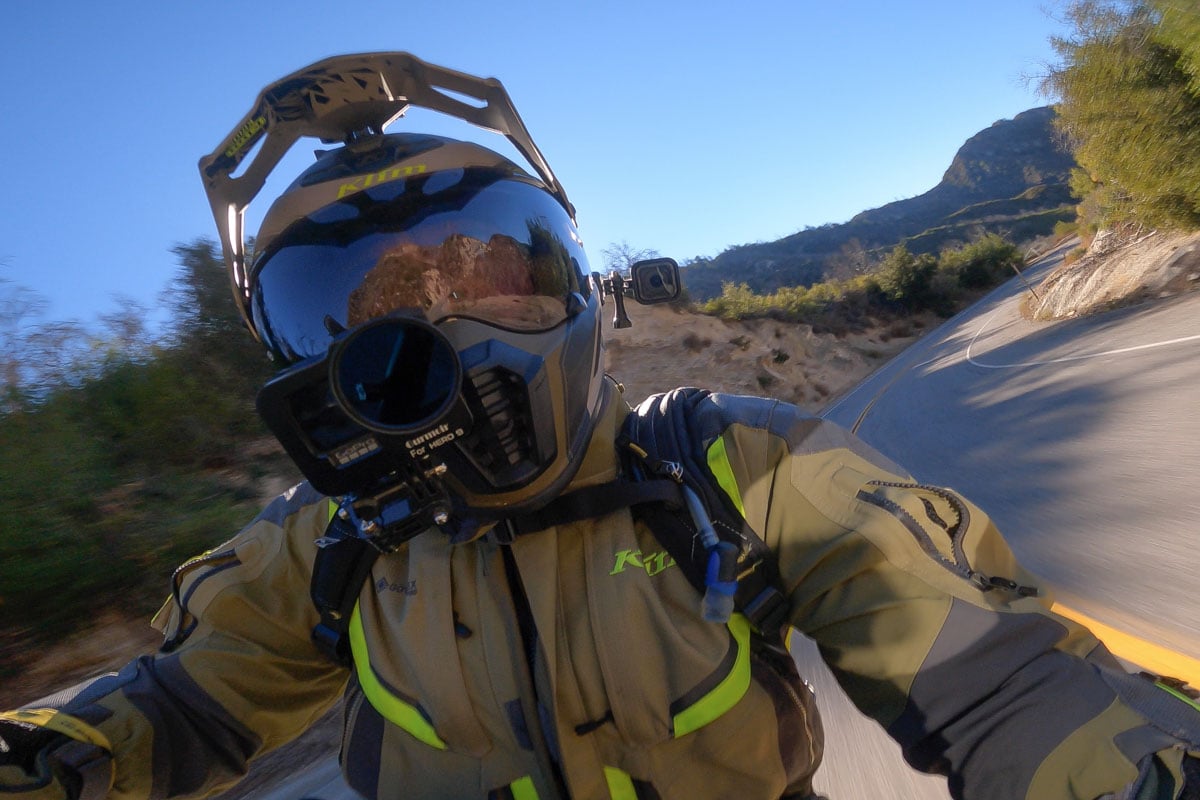 "Garrett, our videographer, is grateful for how light the Krios Pro is, mainly because he always has 3 cameras attached."
"Garrett, our videographer, is grateful for how light the Krios Pro is, mainly because he always has 3 cameras attached."
Our main complaint here is price, and the Krios Pro stands out in a field of expensive lids from contenders like Arai and AGV.
Much of that added expense is tied up in the Transitions visor though (it's usually a $150 upgrade), so if you're already planning to add one after the fact, the Klim Krios Pro is a solid deal for a premium helmet.
PROS |
CONS |
|
|
CHECK PRICE:
Klim Krios Pro Helmet
3. Leatt ADV 8.5 Helmet Kit
For a moment let's just forget that Leatt makes some legendary off-road gear.
We'll forget that their new ADV 8.5 helmet checks just about every box you could ask for from its lightweight build and excellent aerodynamics to its elevated safety tech including Leatt's proprietary Turbine 360 system.
Instead, we'll focus on the fact that for about $600, one of the best dual sport helmets on the market includes a Pinlock face shield (and Pinlock insert), an additional photochromic face shield, and even a pair of Leatt's Velocity 4.5 goggles in the box.
That's a hell of a deal considering the helmet alone is worth the asking price.
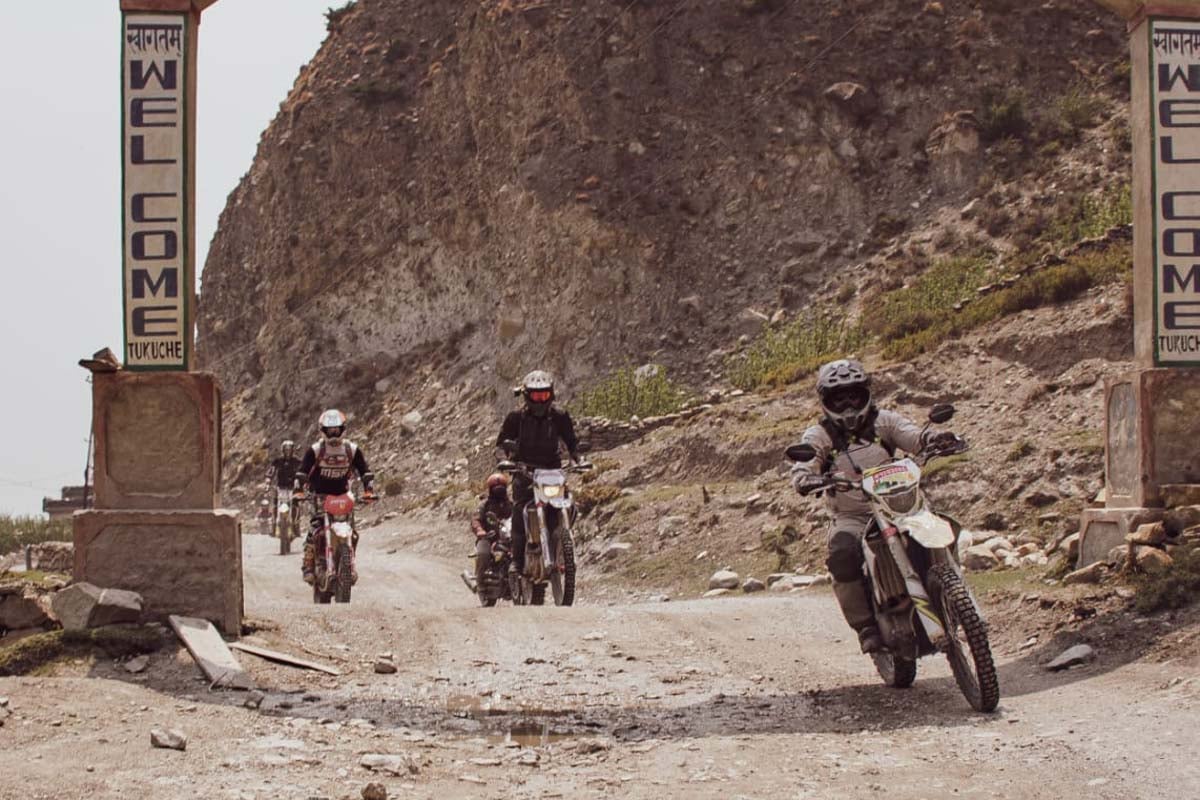 "The ADV 8.5 helmet kit includes goggles, which are your best friend for off-road intensive dual sport riding."
"The ADV 8.5 helmet kit includes goggles, which are your best friend for off-road intensive dual sport riding."Pound for pound the Leatt is every bit as qualified and refined for premium consideration as any Arai, Klim, Shoei, etc.
It comes in three separate shell sizes for an optimal fit, it's been wind-tunnel tested for high-speed use, includes an emergency cheek pad removal system... the list goes on, and it's enough to earn the Leatt ADV 8.5 both DOT and ECE 22.06 safety certifications.
The only major downside to the ADV 8.5 is that it sports a composite shell rather than the advanced carbon and fiberglass construction found in some of its premium competitors.
With that being said, you can upgrade to a Leatt ADV 9.5 if you want to go the premium route, which is essentially the exact same helmet with a lighter carbon fiber shell (and a few other bells and whistles) for an extra $200.
PROS |
CONS |
|
|

CHECK PRICE:
Leatt ADV 8.5
4. Bell MX9 Adventure Mips
Take one of the best-selling motocross helmets of all time, add in a removable face shield, and then tweak the aerodynamics for street use and you've got the Bell MX9 Adventure Mips. If that sounds like a recipe for the perfect dual sport helmet, it should.
The MX9 Adventure is reasonably light at around 3.5 lbs, shares the same excellent "velocity-flow" ventilation system as the original MX9 motocross helmet, and also benefits from a Mips slip liner between the padding and EPS liner for added protection against rotational forces in the event of a crash.
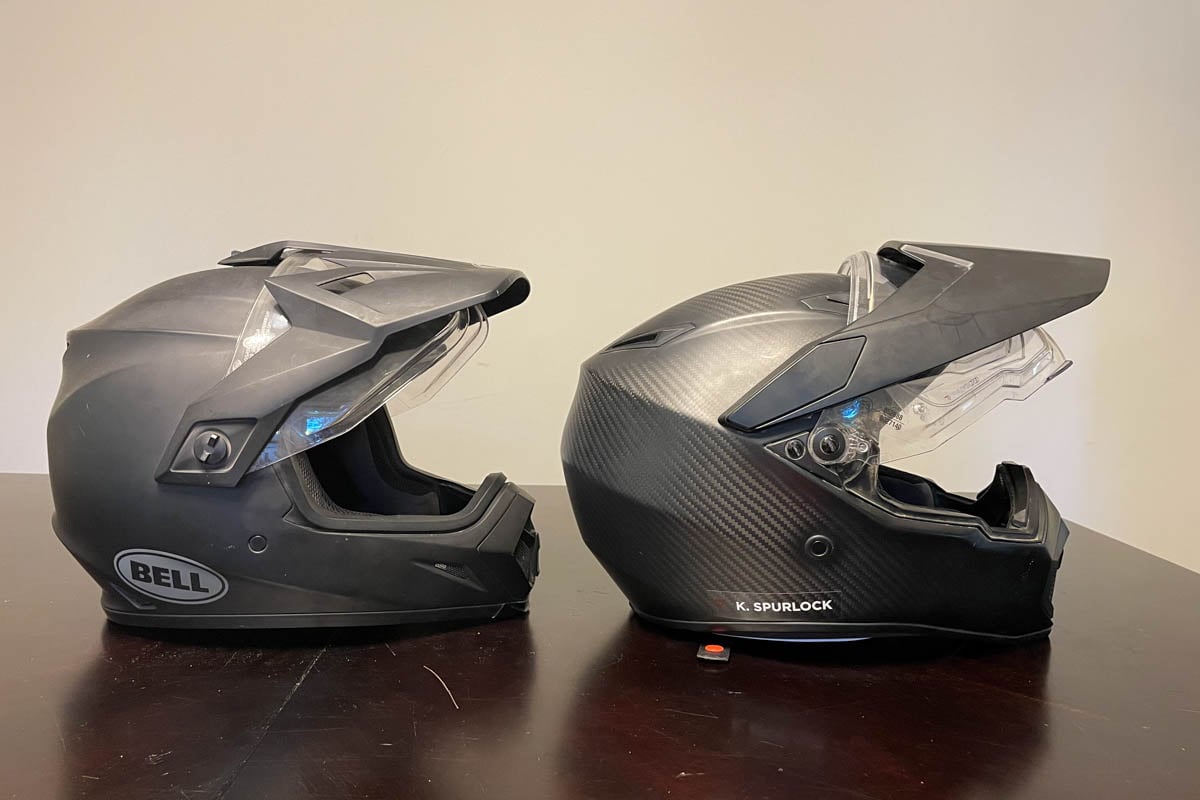 "Our MX9 Adventure alongside the AGV AX9: Looks the part, costs a lot less, and is much more goggle friendly with the face shield in place."
"Our MX9 Adventure alongside the AGV AX9: Looks the part, costs a lot less, and is much more goggle friendly with the face shield in place."These are all great reasons to consider the MX9 Adventure, but perhaps the most impressive of all is this dual sport helmet's price: This DOT and ECE-certified helmet goes for under $250 all day, and that even includes all the spiciest color options.
If you're on a budget, this is hands down the best dual sport helmet you'll find, but we've got two complaints with the MX9 you'll want to keep in mind.
First, its motocross roots are apparent at highway speeds, as this helmet is a bit noisy and also catches a fair amount of wind with the visor in place.
Second, the shell is a simple polycarbonate material, whereas more expensive options use a lighter and more protective carbon or fiberglass blend.
PROS |
CONS |
|
|
CHECK PRICE:
Bell MX-9 Adventure Mips
5. Scorpion XT9000
The folks at Scorpion are known for pushing the envelope when it comes to value, and their latest XT9000 helmet is quite possibly the best dual sport helmet money can buy for $500.
It's definitely a step above budget favorites like the Bell MX9 above in terms of price, but the extra features more than justify and added cost.
Chief among them is a 100% 3K carbon fiber shell, which cuts the weight of the XT9000 down to a scant 3.6 lbs in a size large. That shell also earns the XT9000 both a DOT and ECE safety certification, so we know serious protection is baked in as well.
Another major highlight for us is Scorpion's unique "air fit" system, which uses a hand-operated pump in the chin of the helmet to inflate air bladders behind the helmet's cheek pads.
This system is pulled directly from Scorpion's current flagship MotoGP helmet, and works better than any adjustable foam we've tried over the years.

Last but not least, Scorpion drives the value proposition home further by including both a clear and a tinted windshield in the box, both of which are Pinlock-ready.
They also include an actual Pinlock insert in the box at no additional charge, making this deal too good to pass up if you've got the budget.
PROS |
CONS |
|
|
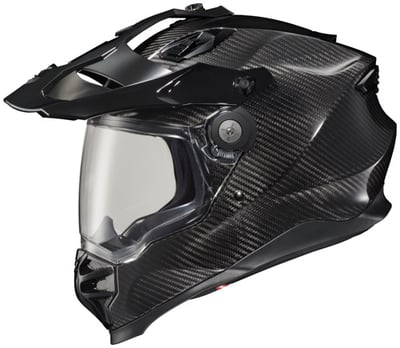
CHECK PRICE:
Scorpion XT9000
6. Fly Racing Formula CC
If you're looking to go all-in on your off-road features, the Fly Racing Formula is the best dual sport helmet for the money.
This lid delivers the lightweight build and exceptional airflow we look for in a dirt helmet, but it's also backed by some of the most innovative safety features on the market.
Chief among them are Fly's proprietary "RHEON" cells, which are designed to significantly reduce linear impacts while also reducing the rotational forces typically associated with off-road accidents.
We're also fans of Fly's visor system, which employs shear-off visor screws to protect the rider from snagging and also allow the visor to be easily repaired after a crash.

The Fly Racing Formula comes in polycarbonate, carbon composite, and full 12K carbon fiber varieties, but we're most fond of the composite version for its balance of performance and affordability.
For less than $500, you're getting the same safety tech found in the brand's flagship $700 helmet, all while keeping the overall weight below the 3-pound mark.
As far as drawbacks go, the most obvious here is the Fly Formula's lack of street manners. As a motocross helmet, this is one of the safest and most sophisticated designs on the market, but on the street it's just as noisy as pretty much any other dirt lid we've tried.
PROS |
CONS |
|
|
CHECK PRICE:
Fly Racing Formula CC Helmet
7. Nexx X.WED3 Helmet
We're not sure how or why the folks at Nexx choose model names for their helmets, but the latest in their "X.WED" series, the X.WED3, made our list due to its feature-rich build and surprisingly quiet design.
The X.WED3 is your ticket to ride if a drop-down sun visor is your bag, but that's just the tip of the iceberg.
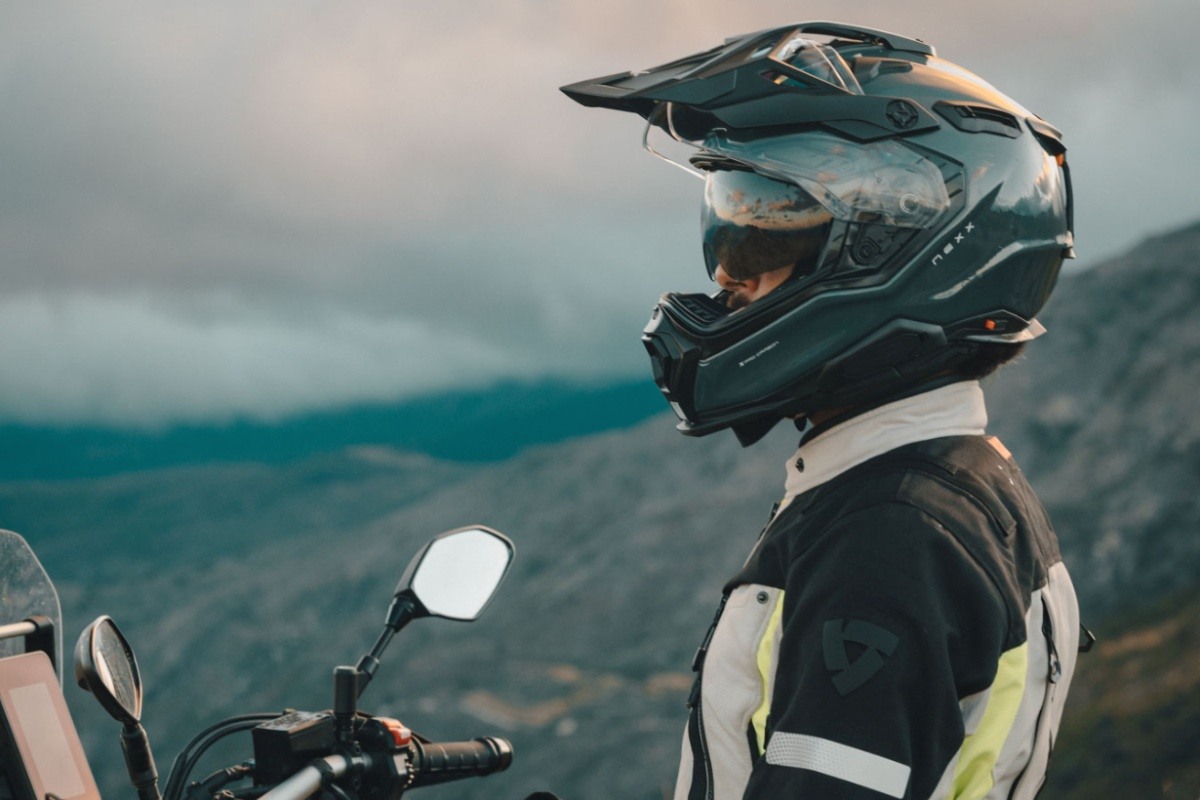 "Nexx's X.WED3 helmet flows enough air for dual sport use but packs a ton of creature comforts as well." photo: Nexx
"Nexx's X.WED3 helmet flows enough air for dual sport use but packs a ton of creature comforts as well." photo: NexxFor around $500 you're also getting a Pinlock face shield and lens, a carbon/fiberglass composite shell, a removable goggle strap lock, a three-way adjustable peak, an included action camera mounting kid... the list goes on. Nexx makes the X.WED3 in three different shell sizes too, so the size and fit are top notch.
As for the quiet aspect, we give Nexx serious props for going the extra mile to shut out as much road noise as possible.
The X.WED3 uses additional rubber trim between the inner and outer linings of the helmet as well as the visor mounting plates to cut down on the noise and vibration caused by air turbulance around the helmet.
The main drawback to the Nexx over other lids on our list is weight: because it adds in all the extra features and sound deadening material, the X.WED3 tips the scales at just over four pounds in a size large.
It's a worthwhile investment if you know you'll use all the bells and whistles, but there are definitely lighter dual sport helmets out there for less cash.
PROS |
CONS |
|
|

CHECK PRICE:
Nexx X.WED3 Helmet
Closing Thoughts on the Best Dual Sport Helmets…
While we've already touched on this a fair amount, we really can't over-emphasize that choosing the right dual sport helmet depends entirely on the kind of riding you're doing.
If you're a one-bike kind of rider who takes their DR650 to work three days a week and hits the occasional forest road on the weekend, a motocross helmet probably isn't a wise choice, especially if it's the only helmet you own.

Consider the following: Somewhere out there, someone is prepping a bone stock Yamaha XT250 for a cross country journey to Alaska.
In a seemingly alien universe, a shiny KTM 300 EXC is getting its fourth piece of orange-anodized bling of the season, although it'll likely see nothing but dirt for the rest of its life.
Both of these riders are dual-sport lovers in the purest sense, but they both need very different things from a dual sport helmet. Know where you fall on the spectrum, and when in doubt, two helmets are better than one.
6 Best Adventure Motorcycle Helmets





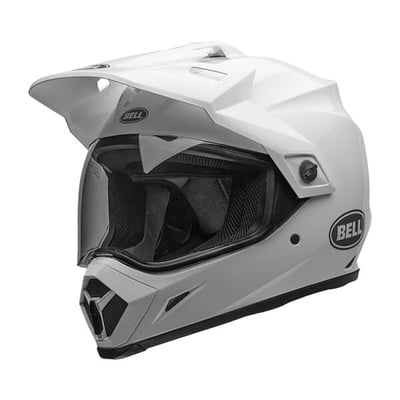
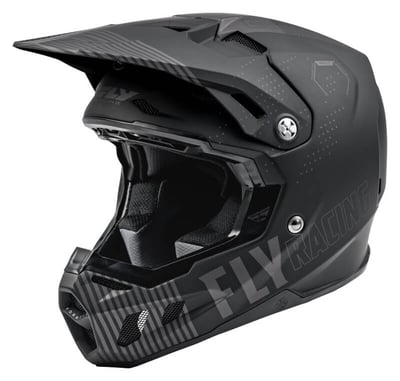





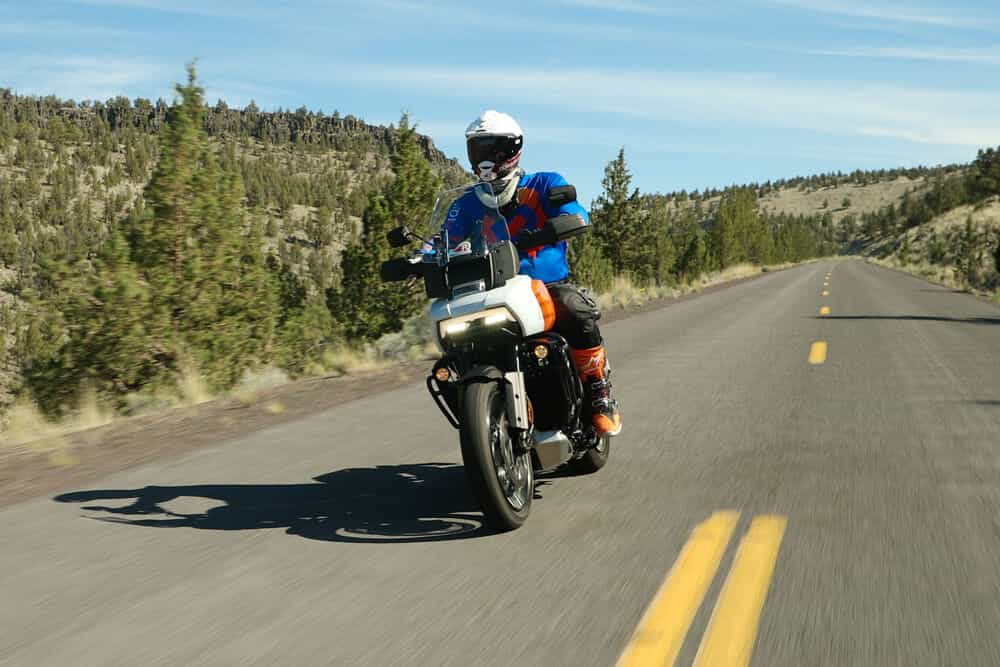 "Eric cruising the backroads in Oregon on our
"Eric cruising the backroads in Oregon on our 

